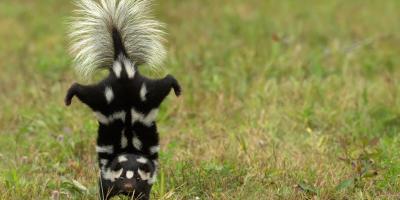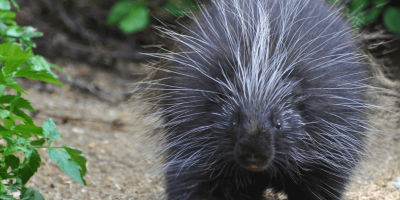See Who Else is Coming Down the Chimney

As Christmastime approaches, everyone whose home boasts a fireplace starts worrying about how to prevent pests from entering through the chimney while still allowing Santa enough room to deliver Christmas presents.
You don’t have to know anything at all about Santa’s magic (or even believe in it!) to protect your home against chimney-invaders like rodents and birds while still giving Santa a wide enough berth.
We are here to help you learn why pests try to get in your house during the winter in the first place and share reasons why your chimney might be such an inviting entrance for them. Plus, we’ll show you what to look for if you suspect wildlife has been entering through your chimney.
Common Chimney Critters
Although this list isn’t exhaustive, some of the more common critters you’ll find in your chimney include mice, rats, racoons, bats, squirrels and, of course, birds. What draws them there in the first place varies from species to species.
Some birds, for example, are what’s known as “cavity nesters,” meaning they build their nests inside the hollowed-out sections of some trees. Those species could mistake an open chimney for a hollow tree. Another creature that can come and go at will is a raccoon, whose strength and smarts are usually enough for it to crawl in and out of your chimney.
Rodents like mice, rats and squirrels, however, as well as stray birds that aren’t cavity nesters, can seldom get out of a chimney by their own prowess. They often die in people’s chimneys, the stench of which often alerts homeowners to the problem.
Pests in the chimney aren’t just a nuisance, either. Not only can they do extensive damage that requires expensive repairs, they can also transmit diseases to the home’s human residents, like histoplasmosis, which is transmitted through contact with animal waste.
Chimney caps do an excellent job of keeping many of these creatures out (with the added advantage of being a barrier that Santa has been known to bypass), as does a top-sealing combination damper and cap.
Do You Hear What I Hear?
Animal noise is usually the first clue you have pests in your chimney. Scurrying and scratching noises often indicate rodents, as can a gnawing sound. Fluttering wings could be bats, but could just as well be birds. Larger animals like squirrels and raccoons make more of a scrambling noise. Regardless of what’s inhabiting your chimney, it’s imperative to have it removed before installing any preventative or exclusion measures or starting any fires.
Only individuals trained in responsible wildlife control should ever handle chimney pests. Each different pest has different guidelines for how to safely evict them, as to harm neither them nor you in the process.
If you suspect animals in the chimney, call in the pros immediately. Contact us to schedule a free inspection.



